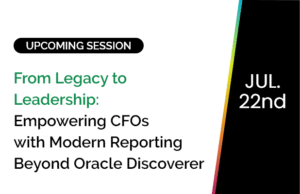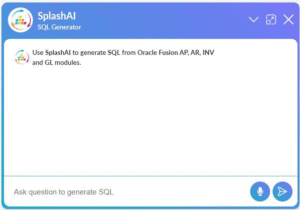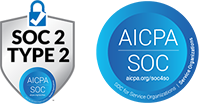Human Resource is a combination of Talent Management and Workforce Planning. That said, it is a rather difficult task to differentiate these two areas of human resources.
Today’s businesses are futuristic; Talent management and strategic workforce dominate the future workforce. Although both the areas are working towards the same goal, the way they execute and perform their tasks is their distinction.
Workforce planning is an approach towards building a seamless team whereas talent management’s primary role is to keep up a reasonable retention rate.
Approaches to build, retain, and engage their staff is the main motto. However, the difference is:
 Workforce Planning and Talent Management
Workforce Planning and Talent Management
Workforce planning is an approach towards building a seamless team and to retain good employees; whereas talent management’s primary role is to keep up a reasonable retention rate.
Talent Management
HR leaders explain that Talent Management is a process within the HR realm that works to retain talent. The primary task for the team is to keep their expertise engaged and enable them to perform optimally. This includes the following:
- A streamlined and inclusive on-boarding process for the newcomers
- Explaining and instructing the new employees about their roles and responsibilities
- It is essential to make all the employees, new and current, feel motivated, valued, and in control of their carrier paths and growth structures
- The talent management workforce has to make the employees feel that their carriers are supported.
- Providing employees with all the tools within the company to achieve their goals
The topmost priority of the talent management team is to source the best fit candidate. Filling the skill gap by identifying the right talent is a never-ending task for talent management.
With the right talent, the organization can reap additional benefits. When the employee passes through each step of the talent management process, it helps the human resources team in generating an excellent ROI for the organization.
Workforce Planning
Business leaders and HR teams agree that a competent workforce planning strategy is pivotal for meeting business goals. Strategic workforce planning comes into the picture when taking care of the industry trends, workforce management, and workforce analytics. Their responsibilities include:
- Plan ahead for any requirements of new hiring.
- Run analytics to emphasize on the sustaining employees currently.
- Predict and evaluate any changes within the workforce.
- Help the employees develop skills for future growth.
- Stay ahead in the competition within the industry and economy.
Six phases within the workforce planning process help the team build a high-performing organization. More organizations are investing in strategic workforce planning to enable data driven decision making for better decision making and to better forecast changes. It also supports demand planning, action planning, supply analytics, and gap analysis.
With Workforce planning, human resources will be better equipped to make smart decisions, carry out excellent recruitment, maintain retention rates, and facilitate development and transitions. Business leaders will be better at monitoring the workforce of the organization and have a great view of the future business goals and outcomes. Understanding the importance of employee retention is key to achieving these outcomes and ensuring long-term success.
Are They Different? Or Do They Co-Exist?
When it comes to strategic workforce planning, it is all about the approach towards building a seamless team. While working with the given analytics and trends, the focus of the HR team is to hire the most qualified people for the job. Utilizing talent acquisition platform ensures that the HR team can identify and onboard top talent efficiently. They also make sure that the talent is capable of competing against all the current and future business requirements.
Although one of the tasks for the workforce planning team is to retain good employees, their primary goal is to build a great team. They also make sure that the current and future needs of the organization meet.
On the other hand, talent management in HR roles is to keep up a reasonable retention rate. And for that, it has to make sure the employees of the organization are happy, satisfied, motivated, engaged and make sure that they continue to perform better and improve their skill sets to benefit themselves and the workplace.
Management of workforce planning is essential for smooth HR functioning. The teams of talent management and workforce planning contribute individually for the same tasks together. They offer a productive workforce that can be sustainable towards the goals of the organization, as well as the individual.
Once you get an understanding of your workforce and business strategy, it is time to sync your HR plans with your talent management and workforce planning teams. Using people analytics, you can achieve long term plans to develop organizational strengths, improve the competency model, and create a goal for the workforce.
There is a lot of debate on the multi-faceted processes of talent management and workforce planning. However, with both the methods, an organization can reinforce its workforce management and ultimately aim at developing a high-performing, streamlined, and engaged workforce. It is working in tandem that benefits both the employees and the organization in growing.









